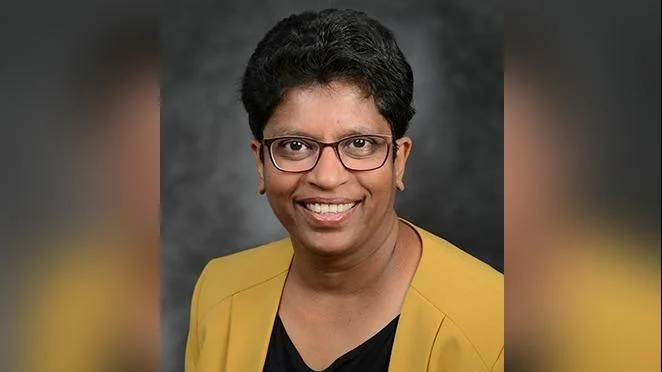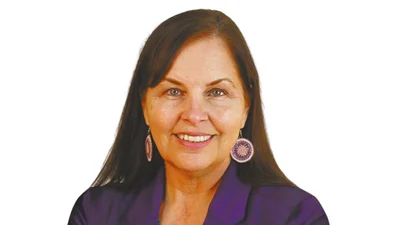Madhavi Marasinghe CIO | University of North Dakota
Madhavi Marasinghe CIO | University of North Dakota
The University of North Dakota School of Medicine & Health Sciences, in collaboration with its partners, has released the Eighth Biennial Report on Health Issues for the State of North Dakota. This report, a requirement under North Dakota Century Code, provides updates to legislators and healthcare leaders on the health status of North Dakotans and their healthcare delivery system. It also offers an analysis of steps needed to ensure access to high-quality, affordable healthcare for all residents.
The 2025 report includes new chapters focusing on women's and children's health, Indigenous health, and the impact of the School of Medicine & Health Sciences (SMHS) on state health. The executive summary indicates that overall, North Dakotans are healthier than many other Americans. However, it also highlights areas of concern such as higher rates of overweight individuals compared to the national average and a decline in birth rates over recent years.
One major issue addressed is unmet behavioral health needs across the state. According to lead author Mandi-Leigh Peterson, there is a significant shortage and uneven distribution of healthcare providers in rural areas compared to urban centers. "The deficit of North Dakota physicians is in rural areas," Peterson stated, although she noted improvements due to expanded medical residency programs within the state.
The report also discusses challenges within the nursing workforce. Despite a relatively high nurse-to-population ratio compared to national figures, there has been a decrease in licensed nurses working full time between 2022 and 2024. Maridee Shogren from UND’s College of Nursing & Professional Disciplines emphasized this point: “This eighth Report is a great example of collaborative work at UND."
In terms of infrastructure, healthcare services are provided through various facilities including ambulatory care clinics and hospitals across North Dakota. Dr. Joshua Wynne remarked on these developments: "This infrastructure will help solidify North Dakota’s health care system for the next generation."
A notable addition to this year's report is a publicly available Healthcare Dashboard developed by Peterson's team. Kristen Leighton from UND Center for Rural Health explained its significance: “This new platform will allow us to move beyond fixed content.”
Overall, while challenges remain in addressing healthcare disparities between urban and rural areas in North Dakota, efforts are being made toward improvement.


 Alerts Sign-up
Alerts Sign-up